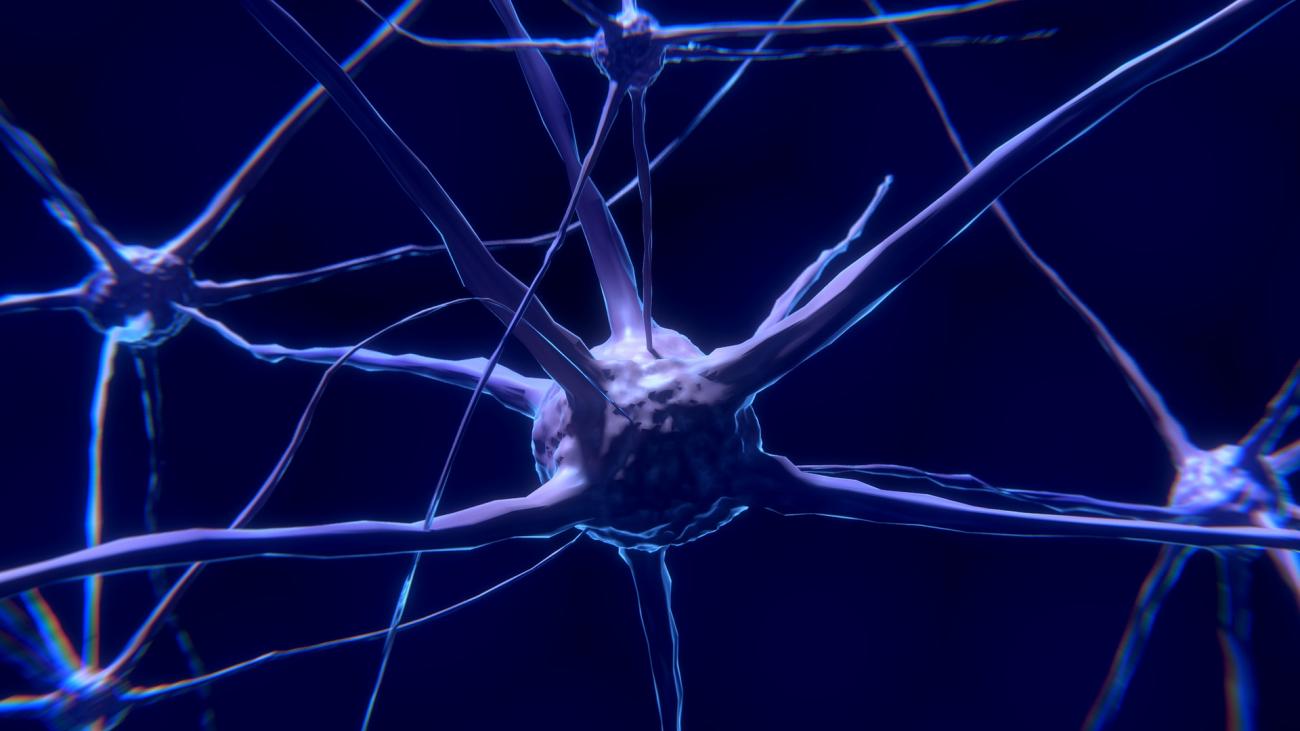Sensory-motor integration takes the view that in many aspects of behavior, motor actions and sensory processing are inextricably linked. Examples include: walking, talking, singing, grasping, standing, etc. Many brain areas are more clearly devoted to either sensory processing or motor control where their roles are better defined. Intermediate areas of the brain which respond to sensory stimuli and appear to precede movement are more difficult to understand. Our researchers study both how sensory processing and motor functions interact at the neural level, and also how behavior can drive this interaction.




